BABADAG TRAINING AREA, Romania (Npv. 16. 2009) -- About 1,500 U.S., Romanian and Bulgarian Soldiers enhanced their combat skills with the Deployable Instrumentation Systems Europe, or DISE, at the Babadag Training Area in eastern Romania and the Novo Selo Training Area in Bulgaria from the beginning of August to the end of October as part of Joint Task Force-East's 2009 exercise.
DISE is a high-tech monitoring and training system that brings realism and combat similarity to Soldiers and units wherever they may be to enhance their warfighting skills.
The Joint Multinational Training Command is the Army's largest training command outside the continental United States based in Grafenwoehr, Germany, that identifies training opportunities and prepares war fighters for real-world requirements. It deployed the modular high-tech training system with 12 support personnel to Romania and Bulgaria for the 2nd Stryker Cavalry Regiment, stationed in Vilseck, Germany, and the Romanian and Bulgarian Land Forces during JTF-East.
Saab Training Systems, based in Sweden, introduced the expeditionary ground instrumentation system to JMTC in 2001 with the fielding of the Deployable Instrumentation Training System, or DITS.
Saab overseas the program and works together with JMTC to offer training scenarios that the DITS system monitors and provides feedback for live-fire and force-on-force for dismounted troops, armored and wheeled vehicles, and civilians on the battlefield. It also provides simulated artillery, minefields, improvised explosive devices, and can create the effects of operating in a nuclear, biological, and chemical environment.
The DITS can also provide audio cues to Soldiers during training to simulate effects of small arms fire and artillery, as well as enhancing casualty treatment in combat.
This DITS was expanded with the addition of the Combined Arms Tactical Engagement Simulation System from Inter-Costal Electronics. The C-TESS provides aviation, artillery, and vehicle computer-graphic instrumentation and allows JMTC to integrate aviation and artillery assets into ground unit training or to operate independent training events.
The collaborations of the DITS and the C-TESS formed what is now the DISE, based in Grafenwoehr, Germany. The system provides feedback on war-fighting techniques by placing Soldiers in realistic combat scenarios and gives them the ability to review near real-time combat missions with tactical and technical accuracy. Helmets, vests, weapons and vehicles are equipped with strategically placed sensors, a global positioning system receiver and an audio speaker so that each element can be tracked during training.
At the core of these training scenarios is a GPS that tracks the position and firing activities of every Soldier and vehicle during the training evolution. During the exercise, field technicians monitor and interact with Soldiers in near-real time from their computers that are strategically located outside the battle space.
"We can track every individual by name so we can see what everyone is doing," said DISE field technician Dieter Meiler who has been working with the system for five years.
Meiler and his coworkers can zoom in at every angle on anything within the battle scenario with the simple click of a mouse to determine location, firing accuracy or extent of injuries sustained during the simulation. When a Soldier "kills" another player, the DISE laser transmits information about the shooter to sensors on the target. This indicates to Meiler who fired the shot and which Soldier was hit and where. This information is recorded into the modular computer components and will be used in an after-action review.
This equipment may sound similar to the 1990's combat simulation model called the Multiple Integrated Laser Engagement System, better known as MILES gear. This latest generation is much more advanced according to U.S. Army Staff Sgt. Yang D. Choe, 32, a DISE operations NCO, based in Grafenwoehr, Germany. When a Soldier was "killed" using MILES gear, nothing prevented the player from continuing to fire weapons at other players.
The difference with DISE is that while "dead" players can still shoot at the opposing forces, the laser is deactivated and inoperable. Also, if a player is seriously wounded, the computer system recognizes if the Soldier has not received proper medical treatment and the player is removed from the action.
Typically, once the war games are complete, Soldiers come back from the field to conduct AAR's. This is where the value of the DISE comes into play, said Choe. It allows Soldiers to understand how the training affects their effectiveness and it helps Soldiers learn from their mistakes that are recorded and reviewed by the entire group.
"You can see the learning curve from one AAR to the next," said Meiler. "Soldiers can actually see what they did wrong and what they did well," he added.
Soldiers training in this year's JTF-East exercise have experienced the added learning value of this system. It is particularly important because the 2nd SCR will be deploying to Afghanistan early next year.
"This equipment will save lives, point blank," said Meiler.
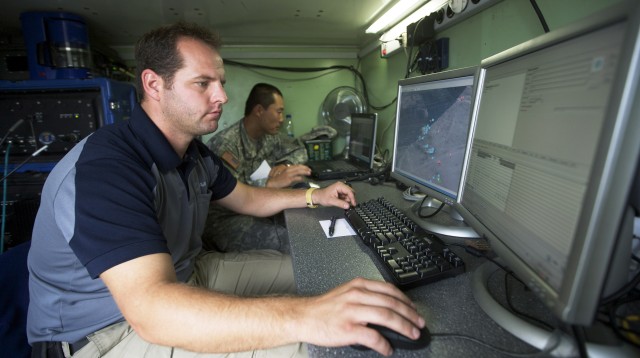
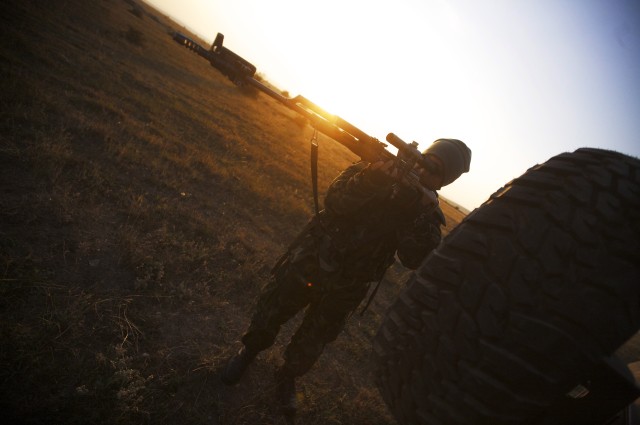
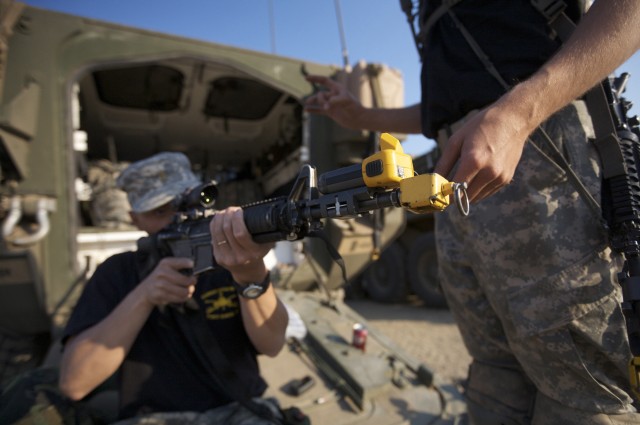
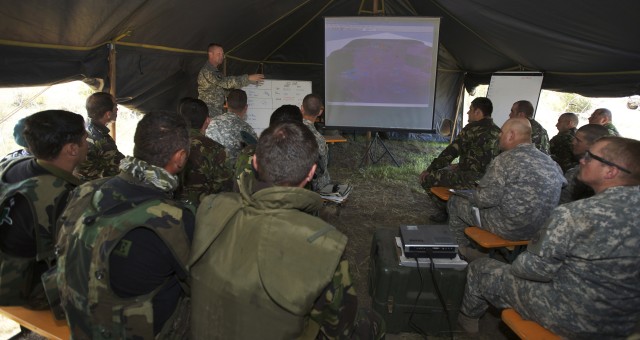


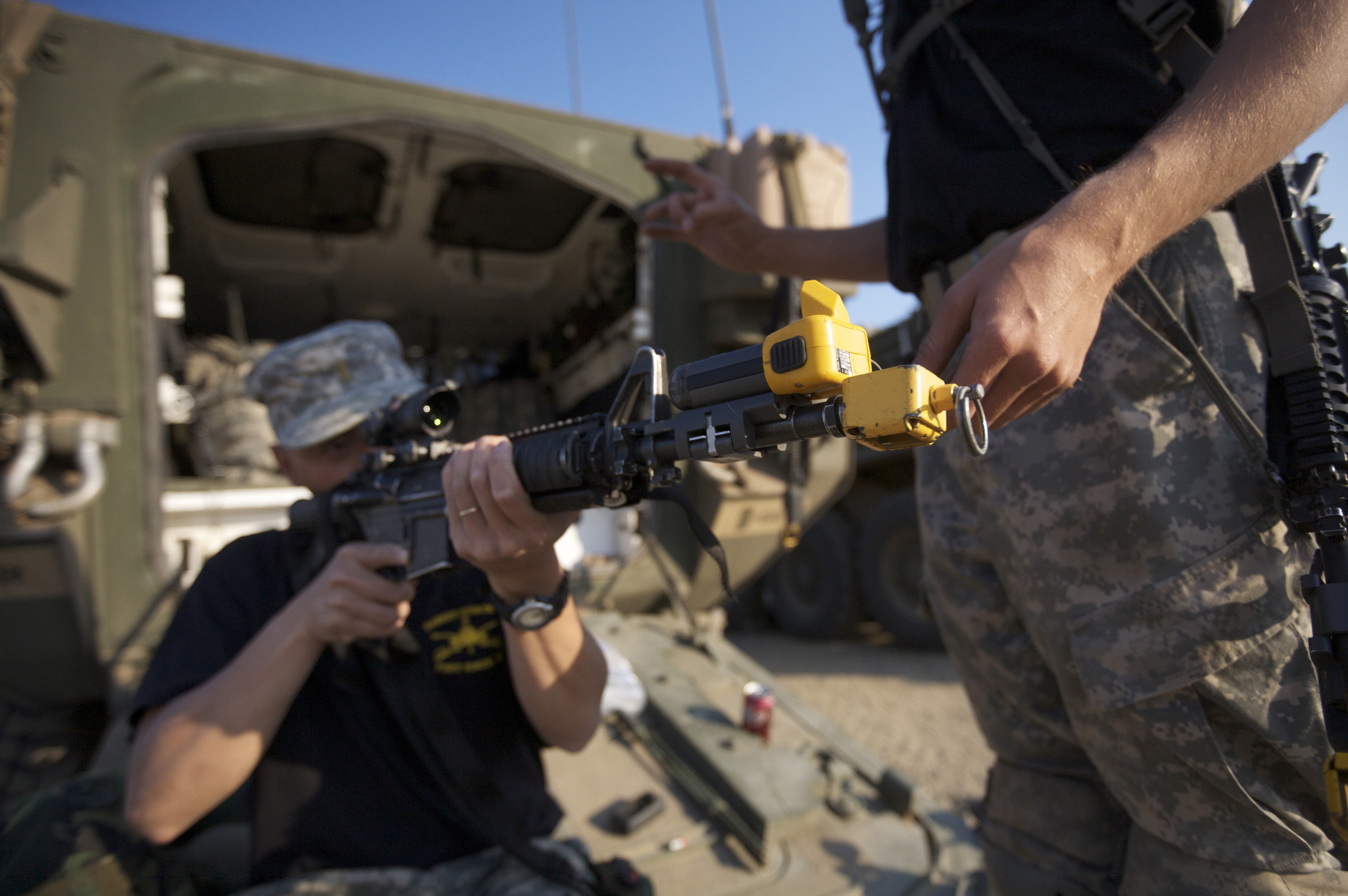
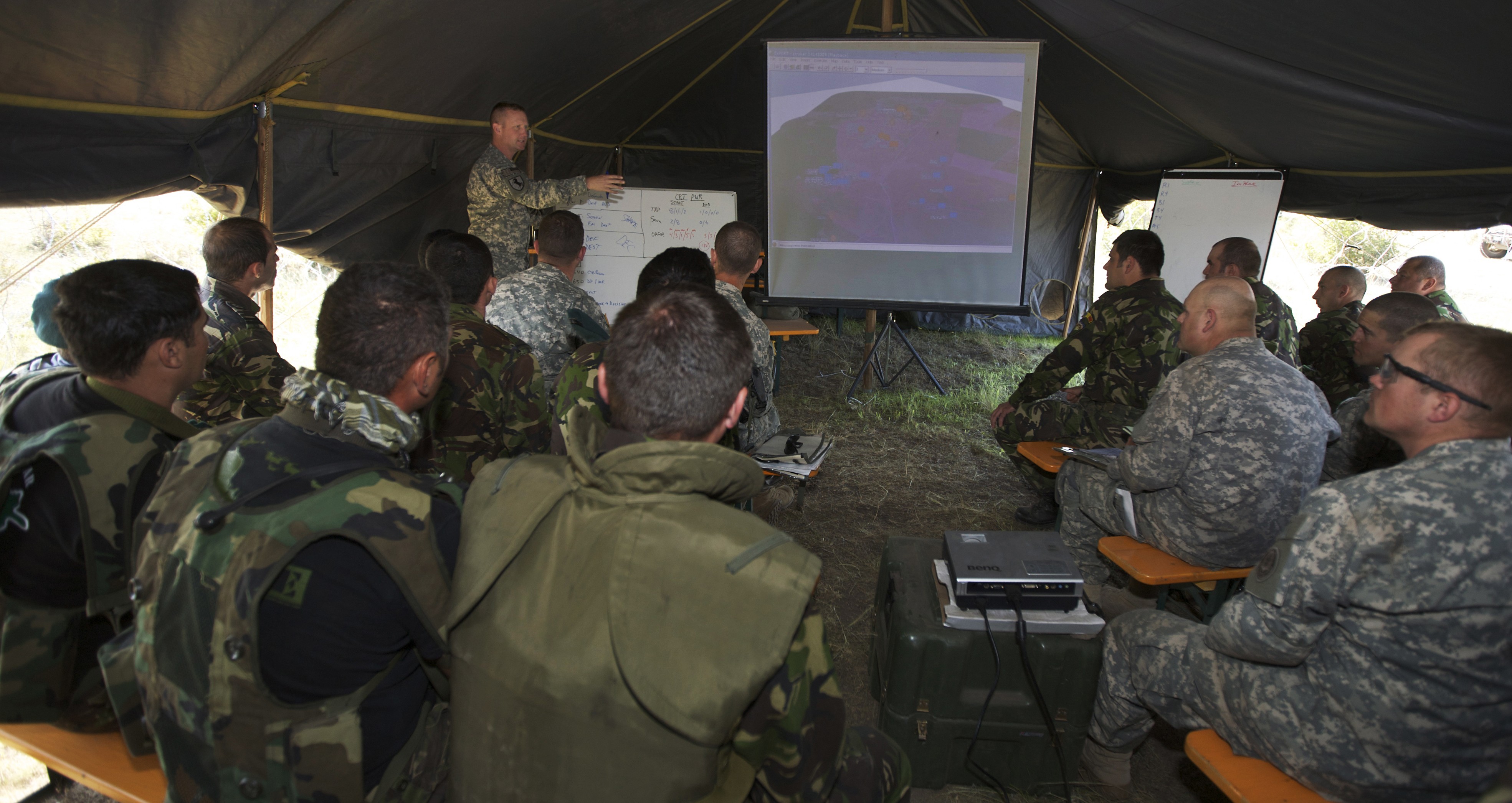
Social Sharing